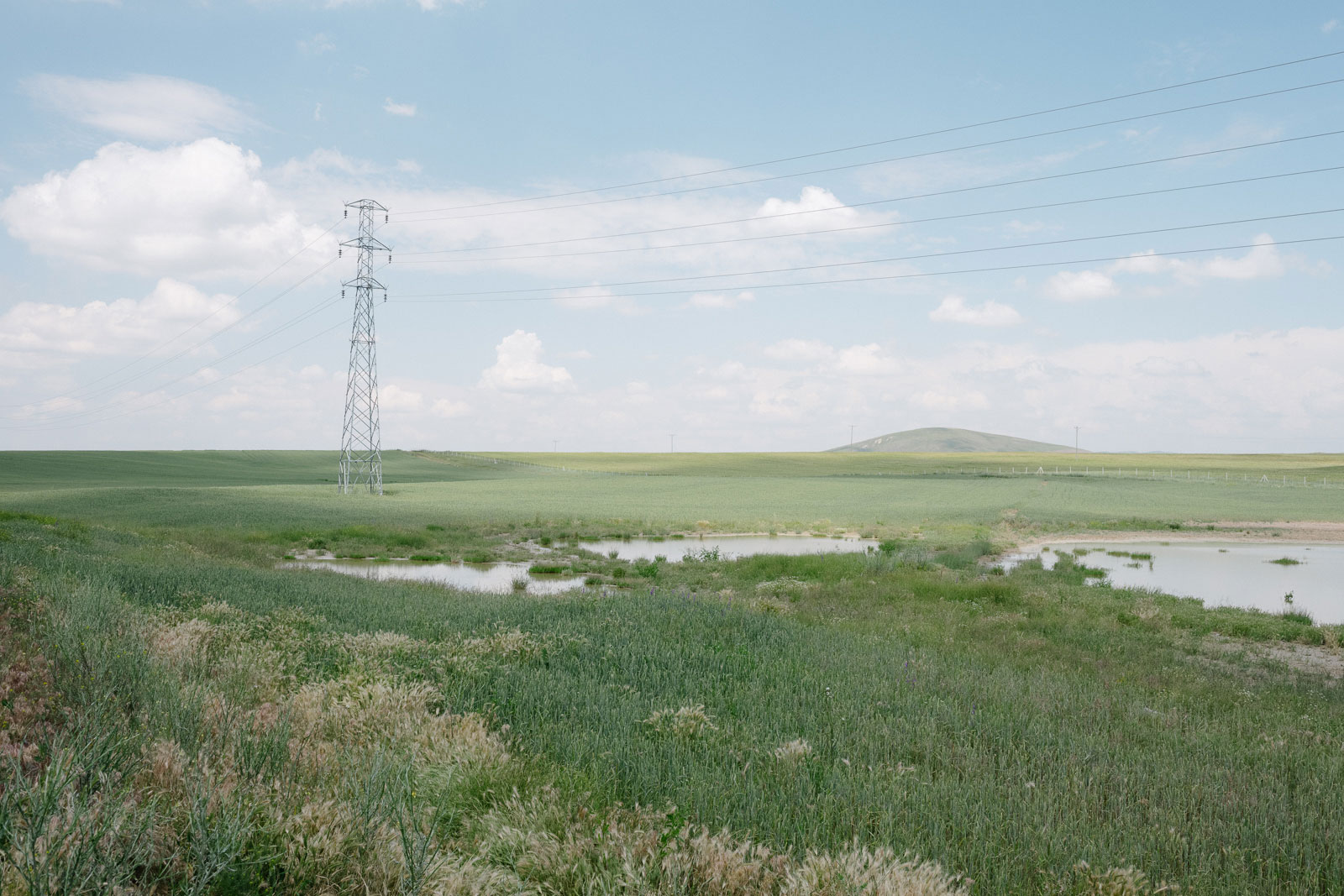#eigengrauinterviews
We met with academician and photographer Mert Acar at CerModern, Ankara to talk about the discipline of photography and his production process.
“Making art is a source of motivation itself.”
What does being an artist from Ankara mean to you and how does it affect your production process?

Having started to produce art in Ankara was one of the things that radically determined my practice. As we can see in my photographs, there is always a steppe. So this depends on my being in Ankara. When I go to other provinces, I also take photos, but these are few in number.
Do you think you can have such a production process outside of Ankara?
I definitely think so, because my first project Placeholder was actually talking about a global locale. This shows that all the highways connecting the city and the countryside on the highway networks all over the world are more or less the same. The things I shoot are generally images that won't give you the slightest idea where it is. I do take pictures in Ankara, but I don’t call them as Ankara photographs.
Can we also say that you are serving to a macro project in that way?
Yes, there are many photographers that we follow each other on Instagram. I can guess where and by whom the photograph was taken. Although I am sometimes torn between whether the photo was taken in Los Angeles or London, I can guess since I have looked at it many times at one point.
Can we call this situation ‘orientation’ in photography?
In fact, it's like two people painting a landscape. In the classical sense, the frame of a landscape painting is clear; forest, mountain, lake, etc. This is the same for photography. Yes, there are certain ecoles, people, situations, artists who take pictures of certain things. Although it's very difficult to talk about plagiarism unless you're replicating a project. Moreover, it is unlikely to talk about plagiarism unless you go and shoot the same place and say the same thing.
The billboard in your Placeholder series is very impressive, can you tell us a little about its story?
“There’s not much you can do in front of a fallen billboard.”
The closer it got, its monumental effect increased. As its monumental effect increased, it became harder to photograph. This time, I was overwhelmed by it. By saying overwhelmed; I mean that I can never convey the effect I felt there to my photographs. For this reason, photography is something that always disappoints me.
Your work Suspended Stillness reminds us of Edward Hopper's paintings. What can you say about such artists and works that you are influenced by and find close to yourself?
There have been a few people who found my works similar to Edward Hopper's and I feel happy about it each time since the feeling in Edward Hopper's paintings is very similar to what I feel while taking pictures. One of the other artists that I am inspired by is Todd Hido. In one of his early projects, he was traveling in the American suburbs, photographing houses whose lights were on, and the series was only about American houses. It also had a similar sense to my series. As if something was suspended waiting for something else…
How is your working process nowadays?
Ever since the pandemic started, I have never forced myself to produce something. I don’t have to produce anything. I am already producing at the point where I want to produce. Making art is a source of motivation itself. I don't make art by being motivated from something else for the sake of making art.
There is a saying: “Art is the highest form of hope.” I also believe so.
For more;


